Endoscopic biopsy is the most important part of daily endoscopic examination. Almost all endoscopic examinations require pathological support after biopsy. For example, if the digestive tract mucosa is suspected to have inflammation, cancer, atrophy, intestinal metaplasia, and HP infection, pathology is required to give a definite result .
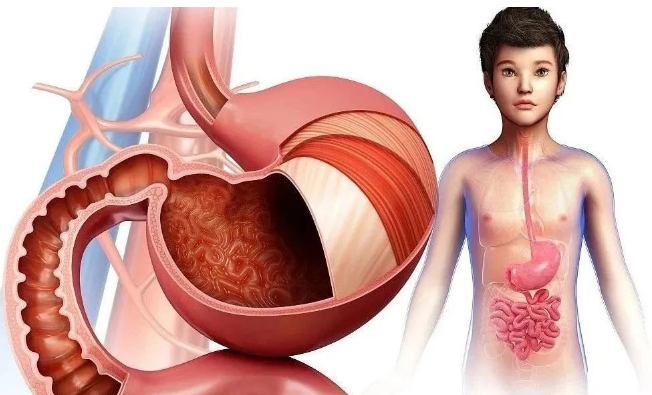
At present, six biopsy techniques are routinely carried out in China:
1. Cytobrush examination
2. Tissue Biopsy
3. Tunnel biopsy technique
4. EMR with bulk biopsy technique
5. Whole tumor biopsy technique ESD
6. Ultrasound-guided FNA
Today we will focus on reviewing tissue biopsy, commonly known as "clamping a piece of meat".
The biopsy under digestive endoscopy cannot be done without biopsy forceps, which is also one of the most commonly used accessories by endoscopic nursing teachers. Teachers engaged in endoscopic nursing may think that biopsy forceps are very simple to use, just as simple as opening and closing. In fact, to use biopsy forceps vividly and to perfection, one needs to have insight and hard work, as well as be good at summarizing.
I.First, let's review the structure of the biopsy forceps:
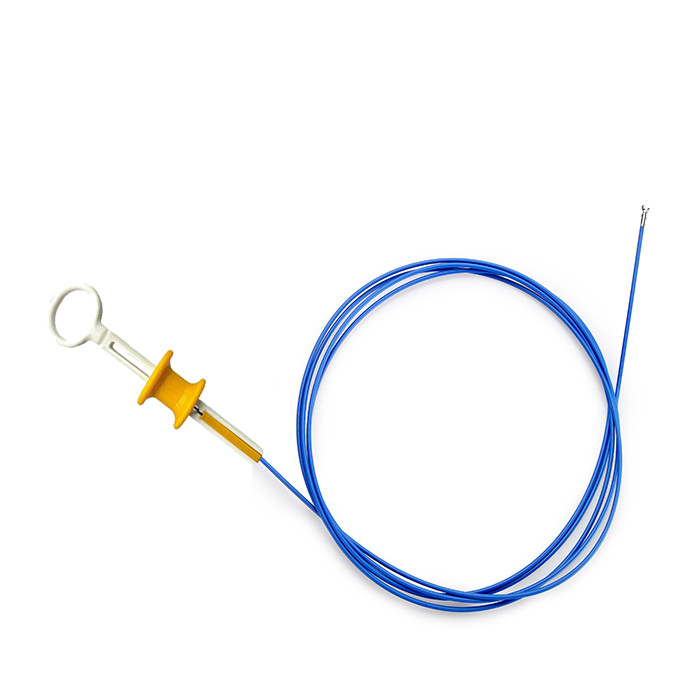
(I) The structure of biopsy forceps (Figure 1): Biopsy forceps are composed of the tip, the body and the operating handle. Many accessories such as foreign body forceps, hot biopsy forceps, scissors, curettes, etc. are similar to the structure of biopsy forceps.
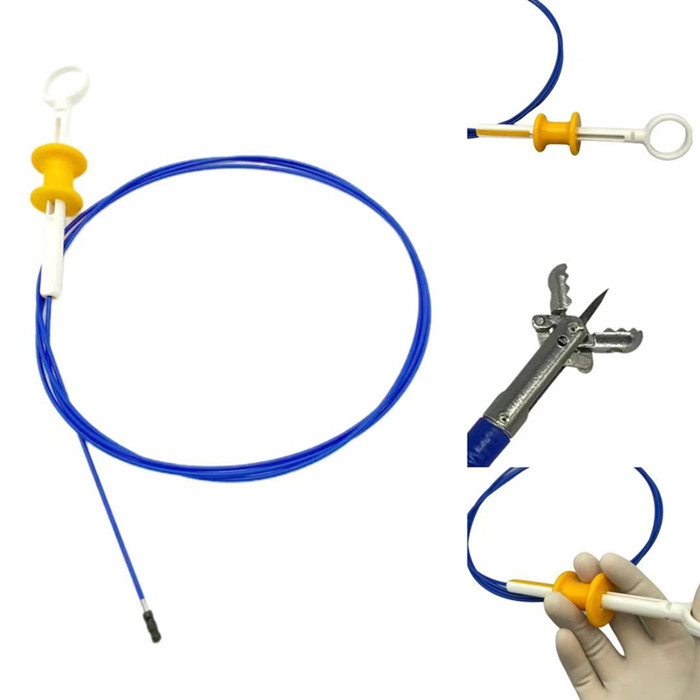
Tip: The tip is composed of two cup-shaped jaws that can be opened and closed. The shape of the jaws is the key to the function of various biopsy forceps. They can be roughly divided into seven types: single-open type, double-open type, window type, needle type, oval type, crocodile mouth type, and tip curved type. The jaws of the biopsy forceps are made of stainless steel and have sharp blades. Although the blades of disposable biopsy forceps are also sharp, they have poor wear resistance. The blades of reusable biopsy forceps are specially surface treated to make them more durable.
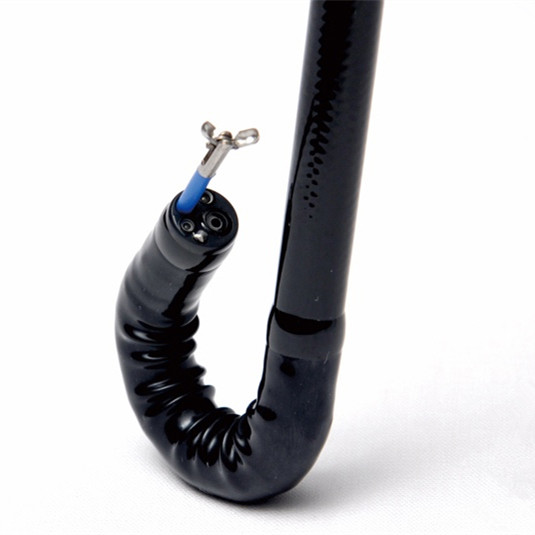
Common types of biopsy forceps
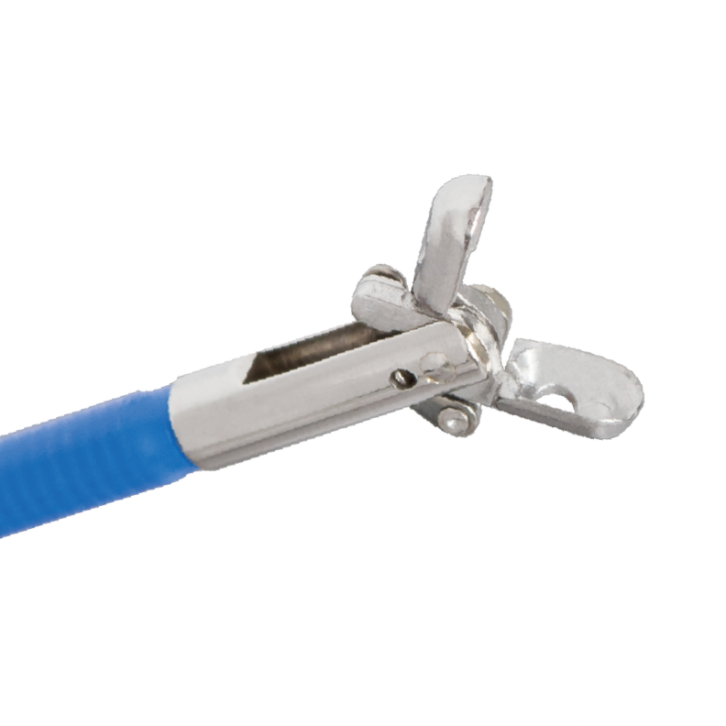
1.Standard type with window
There is a window in the center of the forceps cup, which greatly reduces tissue damage and increases the amount of biopsy tissue.
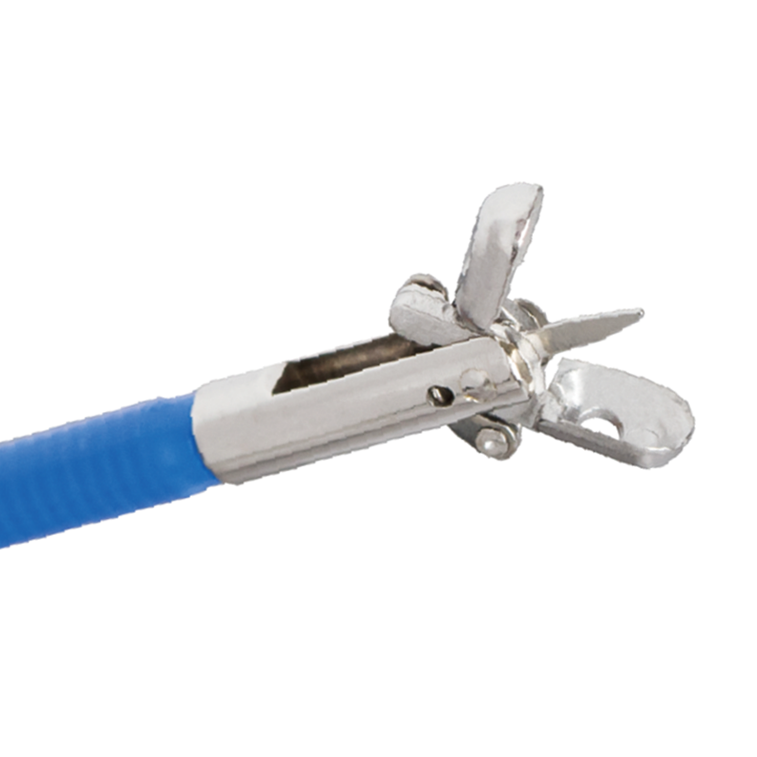
2. Standard type with window and needle
A needle is located in the center of the forceps cup to prevent the biopsy from slipping through the mucosa and to help grasp the tissue sample.
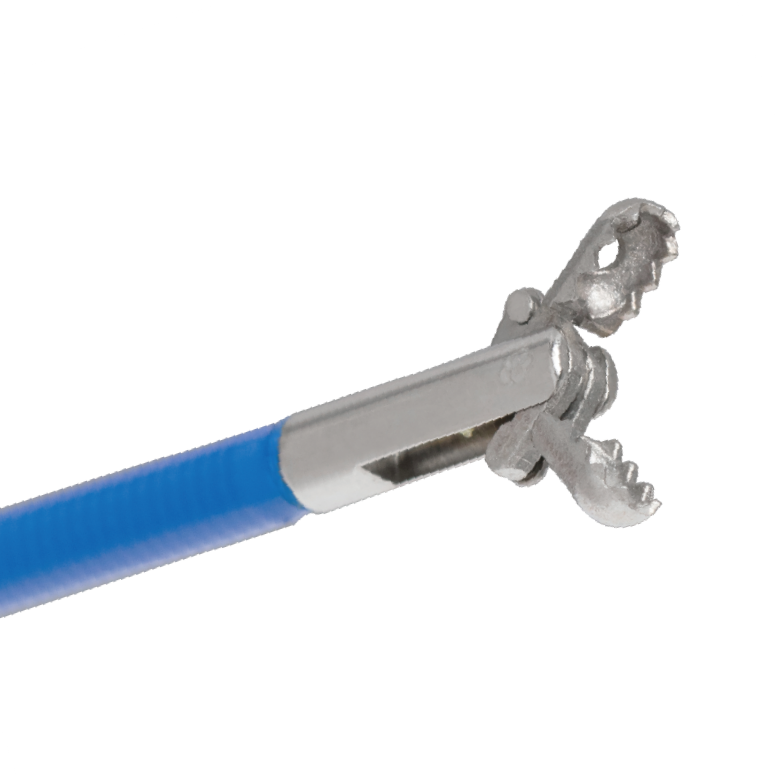
3. Alligator type
The serrated clamp cup effectively prevents the clamp cup from slipping, and the cutting edge is sharp for a more secure grip.
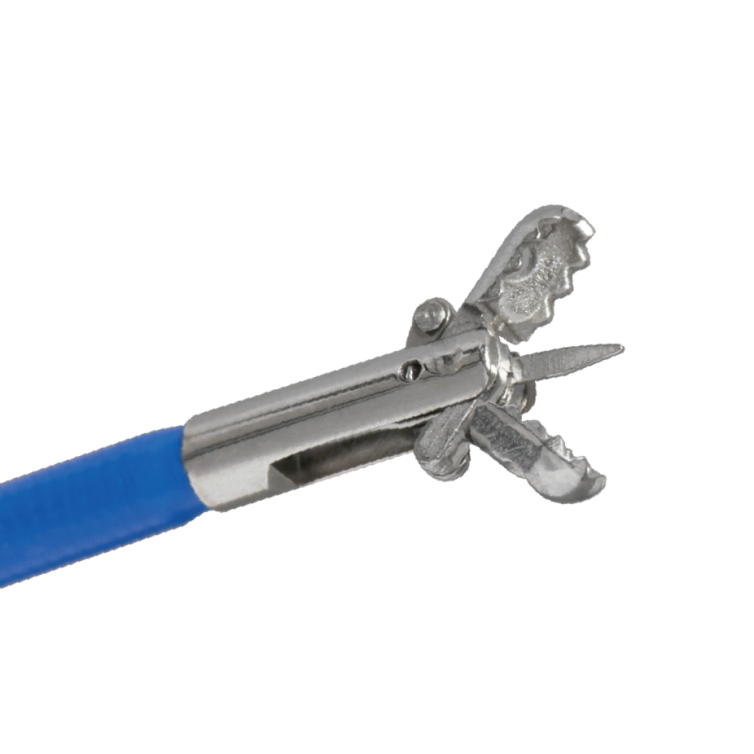
4. Alligator type with needle
The jaws have a wide opening angle to increase the biopsy volume; the blade edge is sharp for a more secure grip.
There is a needle in the center of the clamp head, which can make the fixation more effective and accurate.
Suitable for biopsy on harder tissues such as tumors.
Forceps Body: The body of the biopsy forceps is made of a stainless steel threaded tube, which contains a steel wire for pulling the forceps valve to open and close. Due to the special structure of the threaded tube, tissue mucus, blood and other substances can easily enter it, but it is not easy to clean it thoroughly. Failure to clean it thoroughly will cause inconvenience in the operation of the biopsy forceps, and the opening and closing will not be smooth or even impossible to open. Operating handle: The ring on the operating handle is used to hold the thumb, and the wide round groove is used to place the index finger and middle finger. Under the operation of these three fingers, the force is transmitted to the forceps valve through the traction wire for opening and closing.
(II) Key points for the use of biopsy forceps: Great care must be taken in the operation, use and maintenance of biopsy forceps, otherwise it will affect the use of the endoscope.
1. Pre-detection:
Before use, make sure that the biopsy forceps have been sterilized and used within the effective sterilization period. Before inserting the endoscope forceps channel, the opening and closing of the forceps must be tested (Figure 2).
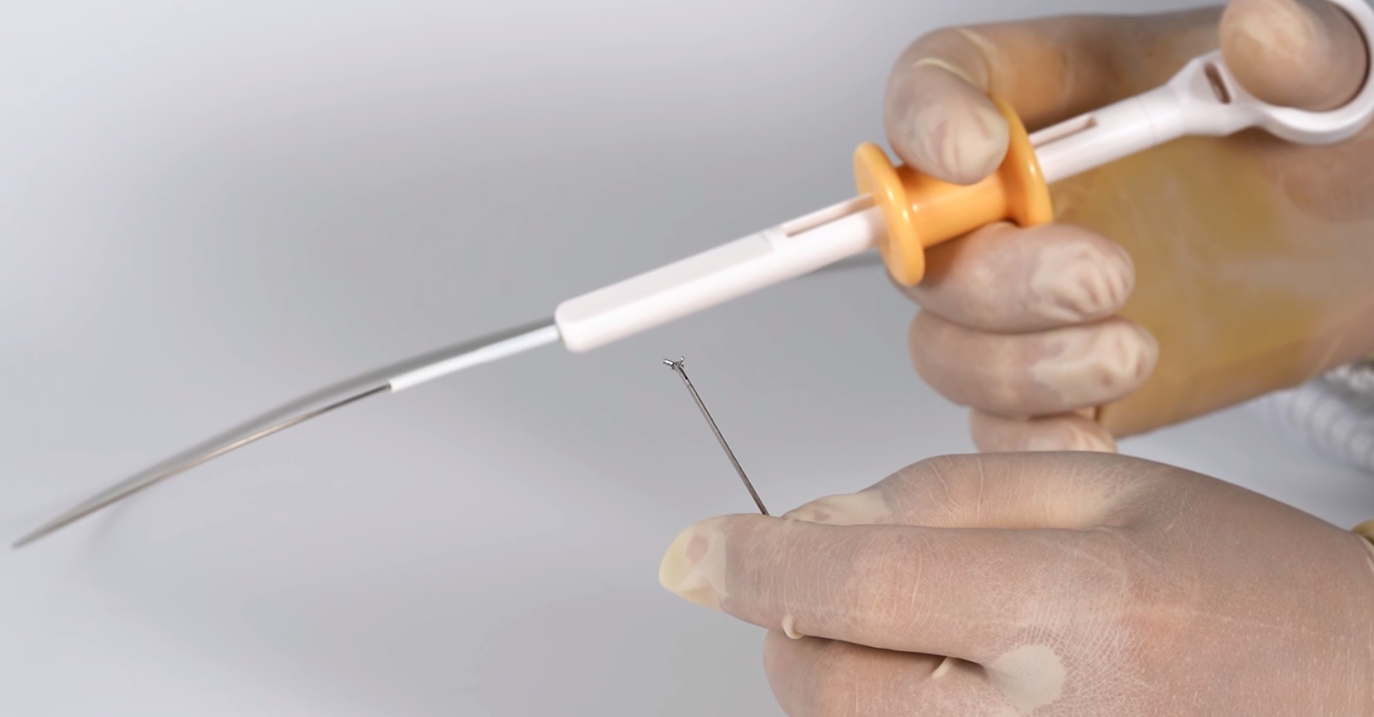
Figure 2 Biopsy forceps detection
The specific method is to coil the body of the biopsy forceps into a large circle (the diameter of the circle is about 20cm), and then perform multiple opening and closing actions to observe whether the forceps flaps open and close smoothly. If there is 1-2 times of unsmoothness, it is best not to use the biopsy forceps. Secondly, it is necessary to test the closure of the biopsy forceps. Take a piece of thin paper such as letter paper and clamp it with the biopsy forceps. It is qualified if the thin paper does not fall off. Thirdly, it is necessary to observe whether the two cups of the forceps flaps are completely aligned (Figure 3). If there is a misalignment, stop using it immediately, otherwise it will scratch the forceps pipe.
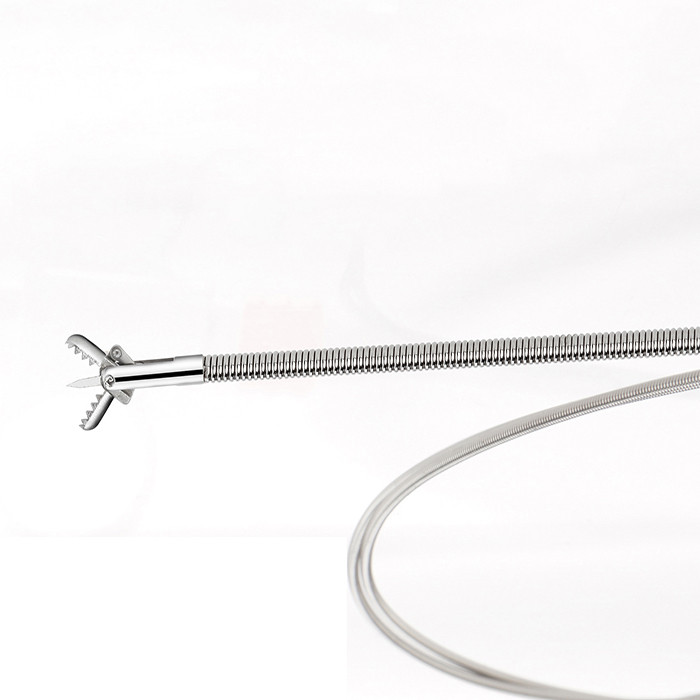
Figure 3 Biopsy forceps flap
Notes during operation:
Before inserting the forceps tube, the jaws should be closed, but remember not to use too much force for fear of loose closure, which will cause the traction wire to be stretched and affect the opening and closing of the jaws. 2. When inserting the tube, enter along the direction of the opening of the forceps tube and do not rub against the tube opening. If you encounter resistance when entering, you should loosen the angle button and try to enter in a naturally straight state. If you still cannot pass, withdraw the endoscope from the body for testing, or replace it with other biopsy forceps such as smaller models. 3. When pulling out the biopsy forceps, avoid using excessive force. The assistant should alternately catch it with both hands and then bend it. Do not stretch your arms too much. 4. When the jaws cannot be closed, do not pull it out forcibly. At this time, it should be pushed out of the body together with the endoscope for further processing .
II. Summary of some techniques of biopsy
1. Opening and closing the biopsy forceps are both technical tasks. Opening requires direction, especially the gastric angle, which should be perpendicular to the biopsy site. Closing requires timing. Gastrointestinal motility and the surgeon's operation are relatively stable and cannot be fixed continuously. The assistant must seize the opportunity to effectively and safely clamp the biopsy forceps.
2. The biopsy specimen should be large enough and deep enough to reach the muscularis mucosa.
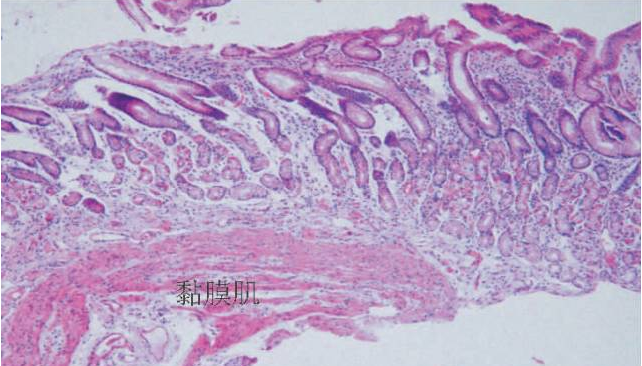
3. Consider the impact of bleeding after biopsy on subsequent biopsies. When the gastric angle and antrum need to be biopsied at the same time, the gastric angle should be biopsied first and then the antrum; when the lesion area is large and multiple pieces of tissue need to be clamped, the first piece should be precise, and it is also necessary to consider whether the bleeding after clamping will cover the surrounding tissues and affect the field of vision, otherwise the subsequent clamping will be blind and passive.
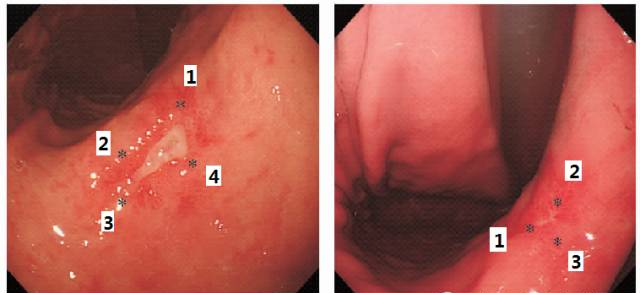
Common biopsy sequence for lesions at the gastric angle, taking into account the effect of blood flow on subsequent biopsies
4. Try to perform vertical pressure biopsy on the target area, and use suction when necessary. Suction reduces the surface tension of the mucosa, allowing the tissue to be clamped deeper and less likely to slip.
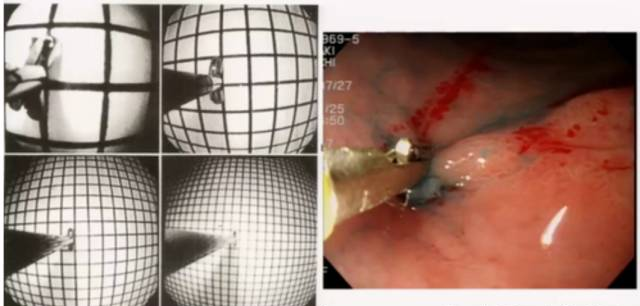
Biopsy should be performed as vertically as possible, and the extension length of the biopsy forceps should not exceed 2CM.
5. Pay attention to the selection of sampling points for different lesion types; the selection of sampling points is related to the positive rate. The surgeon has a sharp eye and must also pay attention to the selection skills of materials.
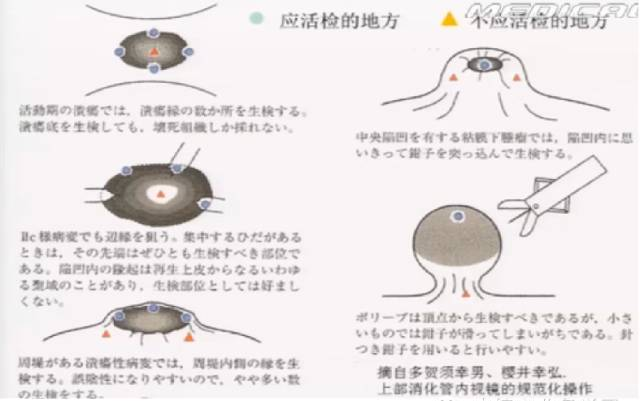
Places to be biopsied Places not to be biopsied
6. Parts that are difficult to biopsy include the fundus of the stomach near the cardia, the lesser curvature of the gastric body near the posterior wall, and the upper corner of the duodenum. The assistant must concentrate on cooperating. If he wants to achieve a perfect result, he must learn to plan ahead and adjust the direction of the clamp flap at any time. At the same time, he must quickly judge the timing of clamping by taking advantage of every opportunity. Sometimes when waiting for instructions from the surgeon, a lag of 1 second may lead to missed opportunities. I can only wait patiently for the next opportunity.
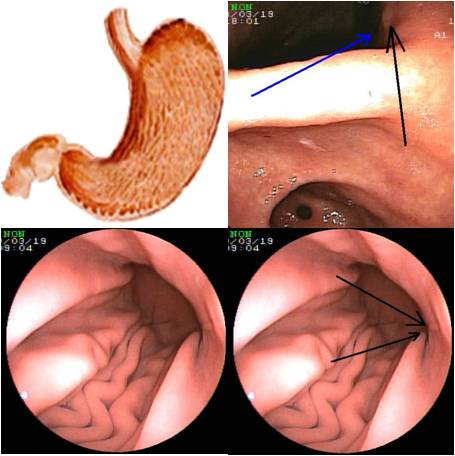
Arrows indicate locations where it is difficult to obtain material or stop bleeding.
7. Selection of biopsy forceps: Biopsy forceps include those with large cup openings and deep ones, some with positioning needles, and some with side opening and serrated bite.
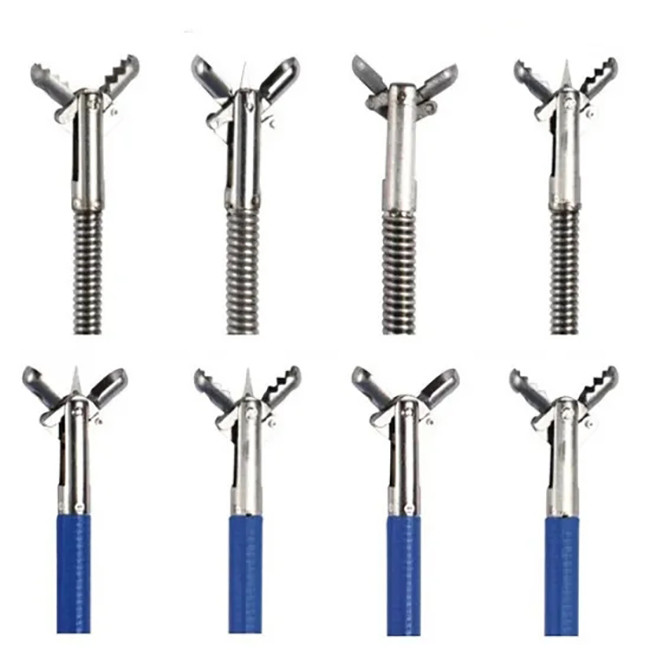
8. Magnification combined with electronic staining to guide biopsy is more accurate, especially for sampling esophageal mucosa.
We, Jiangxi ZhuoRuiHua Medical Instrument Co.,Ltd., is a manufacturer in China specializing in the endoscopic consumables, such as biopsy forceps, hemoclip, polyp snare, sclerotherapy needle, spray catheter, cytology brushes, guidewire, stone retrieval basket, nasal biliary drainage catheter etc. which are widely used in EMR, ESD, ERCP . Our products are CE certified, and our plants are ISO certified. Our goods have been exported to Europe, North America, Middle East and part of Asia, and widely obtains the customer of the recognition and praise!
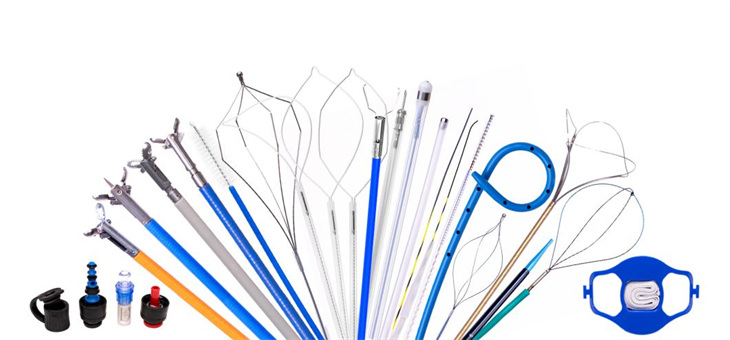
Post time: Jan-23-2025


